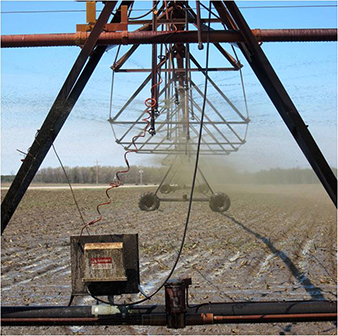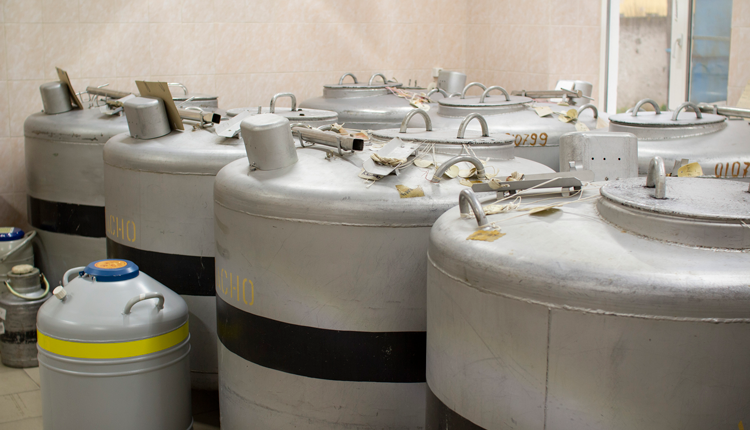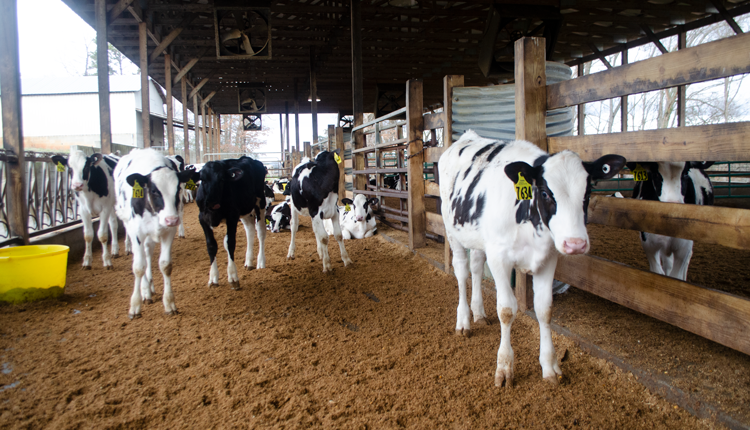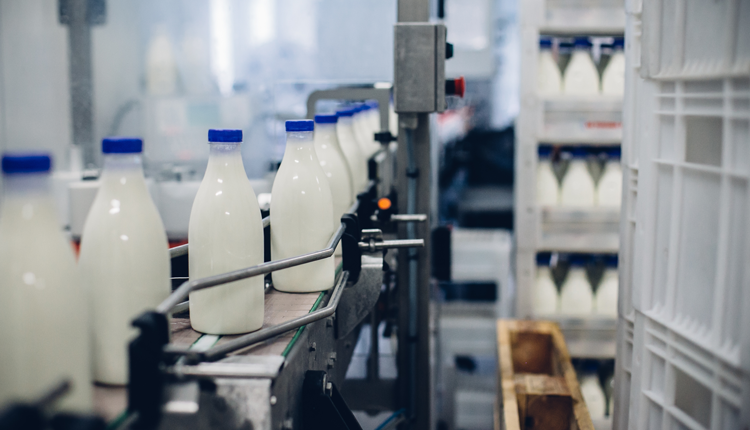
Manure restores soil with nutrients needed by crops. One method of application is manure irrigation, in which manure is applied to fields using equipment that can move liquids. Although this practice is not all that common, manure irrigation use is expected to grow over time.
Irrigation gives farmers the opportunity to distribute manure throughout the growing season. It also allows for more precise timing, amount, and distribution of nutrients. There is less risk for runoff, manure spills, and soil compaction.
Despite these benefits, some people, in particular those living near manure-irrigated fields, have concerns. The potential health risks associated with pathogens, bacteria, toxic gases, and other particulates in the aerosol drift from irrigation are relatively unknown.
Since little research has been done to determine health risks associated with manure irrigation and best management practices, the Wisconsin Manure Irrigation Workgroup was formed three years ago. Led by Ken Genskow and Becky Larson from the University of Wisconsin-Madison/Extension and Mark Borchardt from USDA-Agricultural Research Service, the group of farmers, health officials, conservationists, and researchers set out to compile and review existing information, evaluate new research, and create written recommendations for manure irrigation.
In terms of human health, the group looked at how long some potentially harmful pathogens survive when sprayed into the air. According to the report, a person located 500 feet or further from a manure spray source would incur risk equivalent to what's acceptable under federal drinking water regulations.
If farmers want to use manure irrigation, the workgroup came up with these recommendations:
- Follow all existing relevant state and local laws regarding animal waste and nutrient management
- Have and follow an NRCS CPS 590 Nutrient Management Plan
- Take appropriate steps to minimize drift
- Ensure no overspray of irrigated manure
- Have suitable means of supervising/controlling the equipment (active supervision, automatic sensors/controls, and so forth)
- Have suitable means of determining relevant weather information (including wind speed, wind direction, and temperature)
- Have means to prevent contaminated backflow if equipment is connected to water sources
- Ensure that no human waste or septage is added to (or processed with) the manure
(c) Hoard's Dairyman Intel 2016
June 6, 2016







